How to generate a dungeon map
Exploring the many ways to make a randomly generated map for your next dungeon crawl using dice and cards
Welcome to Skeleton Code Machine, an ENNIE-nominated and award-winning weekly publication that explores tabletop game mechanisms. Check out Public Domain Art and Fragile Games to get started. Subscribe to TUMULUS to get more design inspiration delivered to your door each quarter!
What is a dungeon?
It’s worth taking a moment to explain what I mean by “dungeon” in this context, because it’s not always a dark, damp place under a fantasy world castle.
For me, dungeon is a generic term for an explorable, often hostile environment designed as an obstacle for players to encounter. It is the part of the game that exists to facilitate the things that make a dungeon crawl good:
Exploration and discovery
Risk, player agency, and meaningful choices
Engaging progression system
The poll with the article asked, “Which dungeon crawler element is most important?” Of the five options which included character progression, combat, loot, puzzles & environmental challenges, and replayability, it was puzzles & environmental challenges that received the most votes (31%):
Perhaps unsurprisingly, it is the dungeon itself that players feel is the most important part of the dungeon crawl!1
And while that dungeon certainly can be made of stone walls deep underground and stocked with goblins, traps, and undead skeletons, dungeons in this sense can also have many other settings: spaceships, mansions, wilderness areas, and submarines.
Any place I say “dungeon” in this article, remember that it doesn’t need to be a classic fantasy dungeon. I consider Nemesis, Hellboy: The Board Game, and Cthulhu: Death May Die to all be dungeon crawlers.
Dungeon generation methods
Particularly for solo play, being able to randomly generate a dungeon on the fly is important. In the poll, randomization and replayability received the second highest amount of votes (22%).
Let’s look at a few ways to generate dungeons and dungeon maps:
1. Dice roll rooms and connections
Rolling dice and using a table to look up the results is one of the most common dungeon generation methods. It’s used in Dark Fort to create a surprisingly thematic, if chaotic, dungeon. Roll 1d6 for the room contents (e.g. pit trap), 2d6 for the room shape (e.g. square or oval), and 1d4 for the number of doors/exits. This creates an ever expanding and completely random dungeon of connected rooms.
Variations might include pre-defined dungeon segments (similar to geomorphs) in place of a text-based table. Delving in the Dark by Logen Nein does this with a 2d6 Segment Chart combined with additional tables for dressing, oddities, encounters, door types, treasures, and traps.
Wallet Dungeons by Awkward Turtle uses a handful of d6s arranged in 3D space to create a dungeon with elevation. Each die value can only touch a certain number of other dice, creating a sort of puzzle to solve. Dice can be stacked with each neighboring die contributing to the room type. And it all fits on a business card!
Pros:
Easy to implement and design
Relatively quick to use
Requires very little space and no special components
Cons:
Excessive number of dice rolls can become tedious2
Chance of repeating the same rooms too many times
Possibility of dead ends ending the dungeon too early
2. Card-driven rooms
Instead of dice, a standard deck of playing cards can be used to randomly generate rooms and their contents.
52 Card Dungeon by Sam Armstrong begins with a single card (Joker) as the dungeon entrance, the first room of the dungeon. Each card drawn indicates how many cards (i.e. rooms) will be drawn next and where to place them. For example, drawing a 4 will cause cards to be added to the left and right of the current room. This process can continue until the dungeon is as large as necessary. There is almost zero chance of hitting premature dead ends.3
My Little Dungeon Generator by Dodocahedron Games uses an interesting system where the rank of the cards is used to create squared-off numbers. These numbers are then pushed together to form the outline of the dungeon rooms, creating a dungeon of rooms packed next to each other rather than separated by long corridors.
Pros:
Cards store more information than a single dice roll
Cards have a memory, meaning no repeated results
Cons:
Requires a deck of cards vs. simply dice
Potentially more design work (52 items vs. D6 or D66 items)
Might still have to roll dice in addition to the cards (e.g. for exits)
3. Card grid exploration
The Carta SRD by Peach Garden Games is a good example of grid exploration:
The base idea is that players lay cards out in a grid, and then turn them over one at a time, exploring prompts and mechanics as they do. The game is a sort of boardgame / storygame hybrid, where players explore journaling prompts by physically moving their marker from card to card and looking up the results.
As written, this method allows free movement in any orthogonal direction during play, which might be too “open” for a dungeon. It would be easy, however, to restrict movement based on card value or other method.
I originally wrote about the Carta SRD and player agency, but beyond the simple forms of the game system, I think it could be a really interesting dungeon generation method.
Pros:
Uses cards with memory to avoid repeats
Doesn’t require specialized cards (poker cards work)
Enforces a grid where that would make sense (e.g. a house or building)
Cons:
May need to develop way to restrict movement (i.e. add walls)
Large dungeons will require a lot of table space
Uses a fixed grid which potentially limits loops and connections
4. Custom cards and dice
The last category uses custom or specialized components to create randomly generated dungeons. This usually requires either making a purchase or doing some at-home crafting and “print and play” work.
I’ve written about dungeon geomorphs previously — modular pieces of a terrain or map that is used to create larger random or procedurally generated maps. They’ve been around at least as far back as the TSR Dungeon Geomorphs designed by Gary Gygax and published in 1976. Newer sets include:
Geomorphs by Dyson Logos (with links to others)
Dungeon Geomorphs 2013 by Majcher Arcana
Dungeon Explore Card Deck by Knights of Vasteel
Starship Geomorphs by Robert Pearce
The Dungenerator and Axebane’s Deck of Many Dungeons are two other popular examples. DungeonMorphs by Inkwell Ideas takes this a step further with actual dice with dungeon segments on each side.4
Pros:
Creates interesting dungeons with unique rooms
Prevents repeats and too many dead ends
Prevents the need to manually draw each dungeon segment
Cons:
Often requires a purchase and/or custom components
Can’t easily be incorporated into your own commercial game designs
Can be restricted to the provided dungeon segments and theme
Conclusion
Some things to think about:
Choose the right method: Which method is the right one? The one that works best for your design and that fits the kinds of fun you want your players to have. Take the time to consider all of your options.
Consider edge cases: It might be unlikely that your player will roll a 1 three times in a row (0.463% or about 1 in 216), it can happen. If your starting room has three entrances, they will be stuck and the adventure comes to a premature end.
Consider theme and mechanisms: A sprawling mess of rooms connected by corridors might make sense in a dark fantasy game like Dark Fort, but would make less sense in a realistic, modern setting. Think about how the dungeon generation method supports the theme and setting of your game.
Which dungeon generation method is your favorite? Which methods did I miss that I should have included?
— E.P. 💀
P.S. Curse items and sell them to unsuspecting customers in Caveat Emptor by Exeunt Press. Available as PDF and in print.
Skeleton Code Machine is a production of Exeunt Press. All previous posts are in the Archive on the web. Subscribe to TUMULUS to get more design inspiration. If you want to see what else is happening at Exeunt Press, check out the Exeunt Omnes newsletter.
I find it fascinating that “combat encounters” was at the low end of the poll with just 15% of the votes. Almost all dungeon crawls rely on combat as a core mechanism, but they certainly don’t have to. I’m hoping to write about this in the future, so if you have any tips/examples for dungeon crawlers with low/no combat, please leave a comment!
I think I’m more sensitive to “too many dice rolls” than most people, so take this for what it’s worth. Some people never get tired of rolling the shiny math rocks, but I do if it’s (a) many in a row and (b) does not involve any player agency/choice.
52 Card Dungeon also has bosses, floor modifiers, combat rooms, encounters, traps, and treasure included. It packs a lot into its 20 pages.
There is a different (?) set of dice also called DungeonMorphs. Perhaps a popular name?

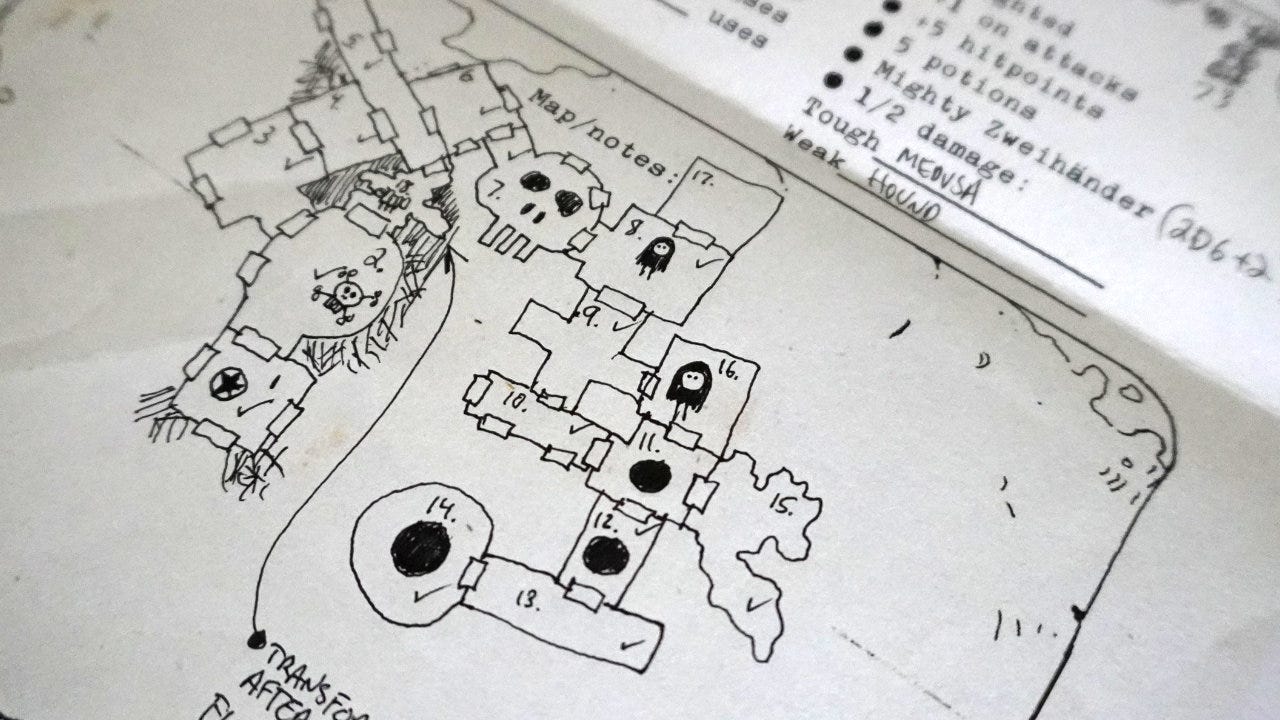
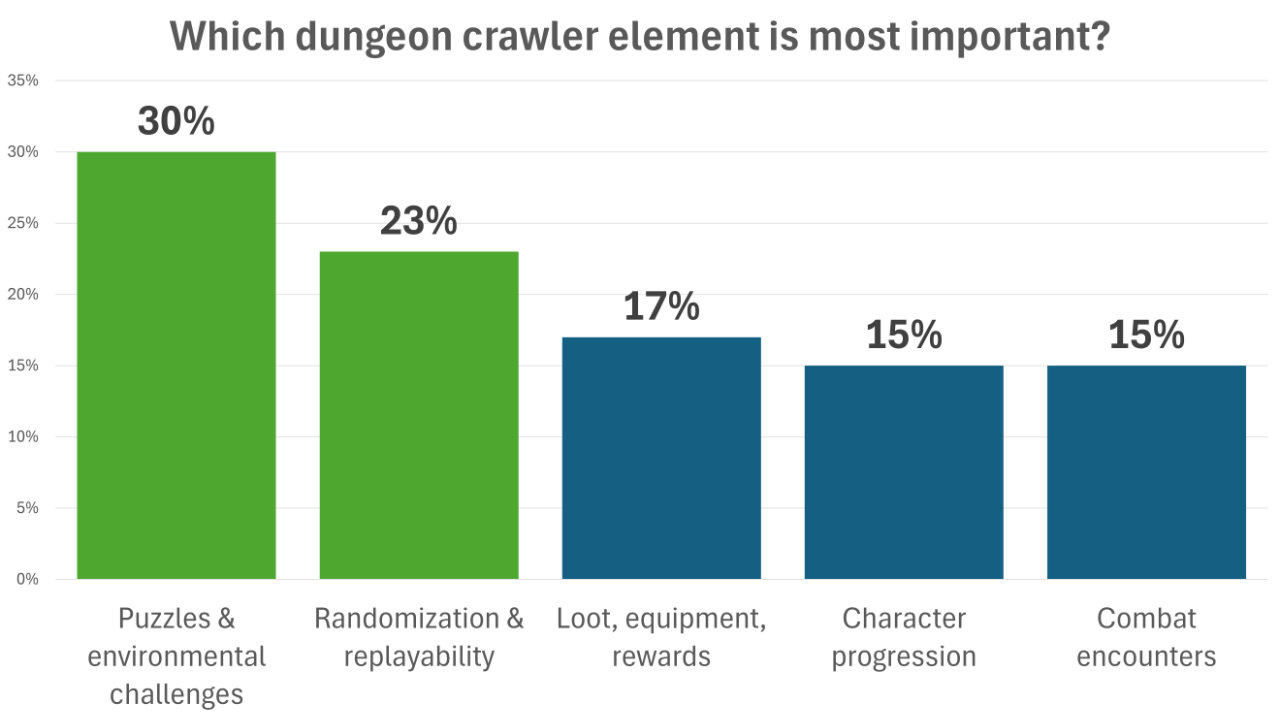
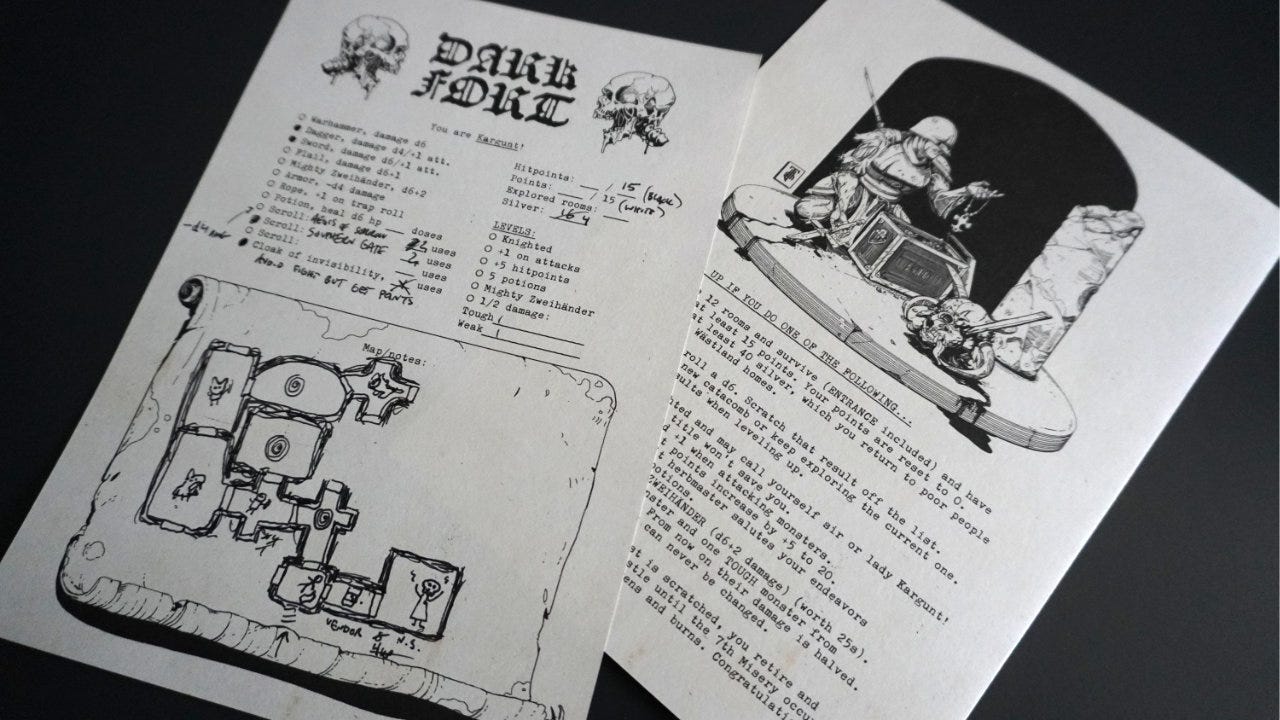
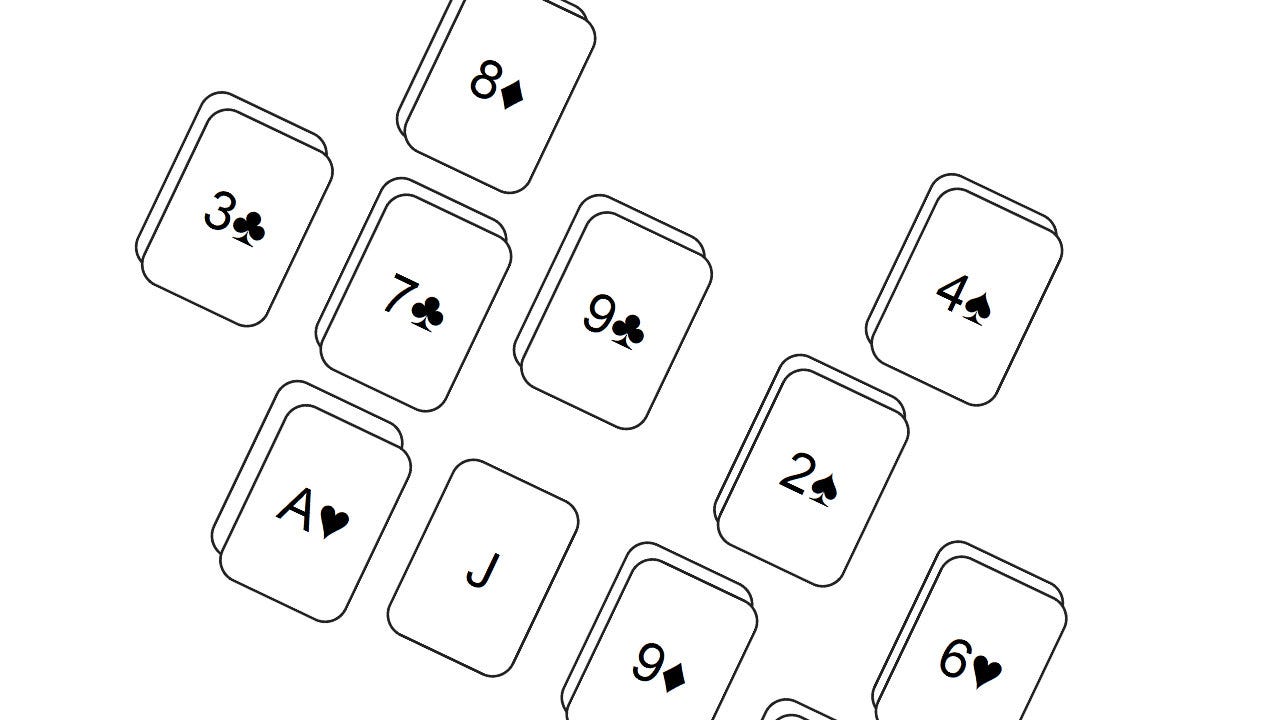
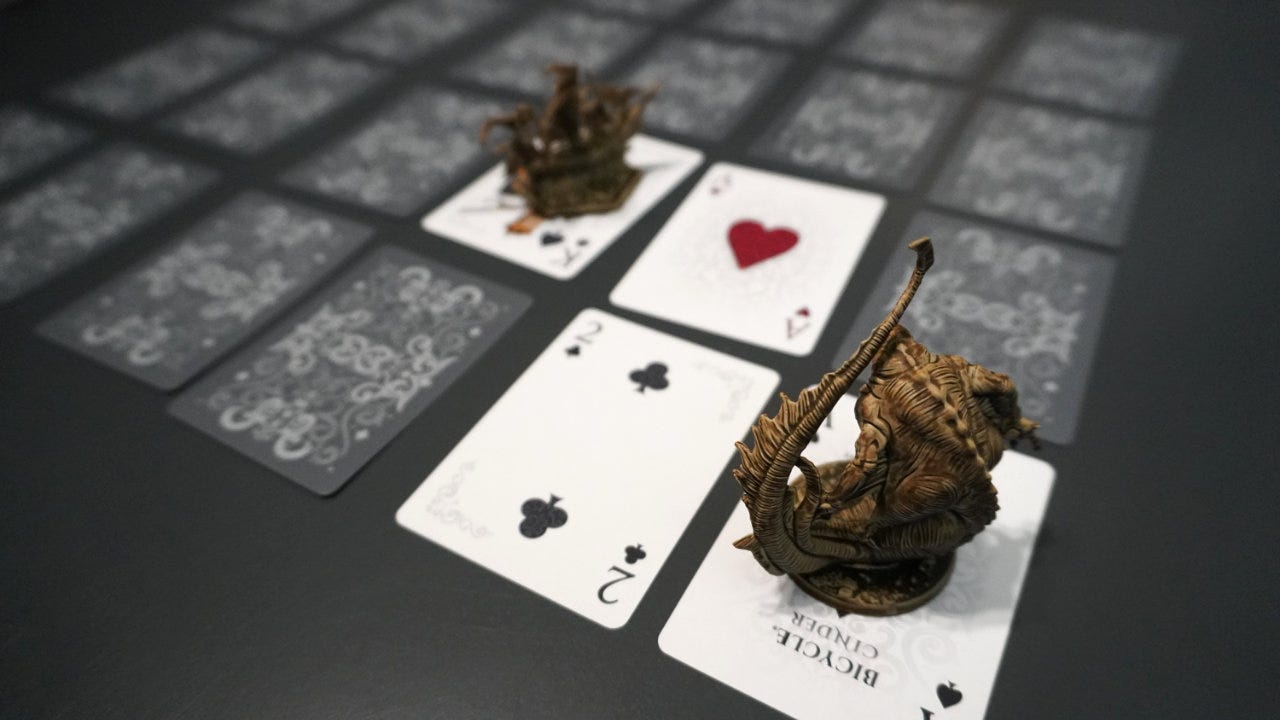
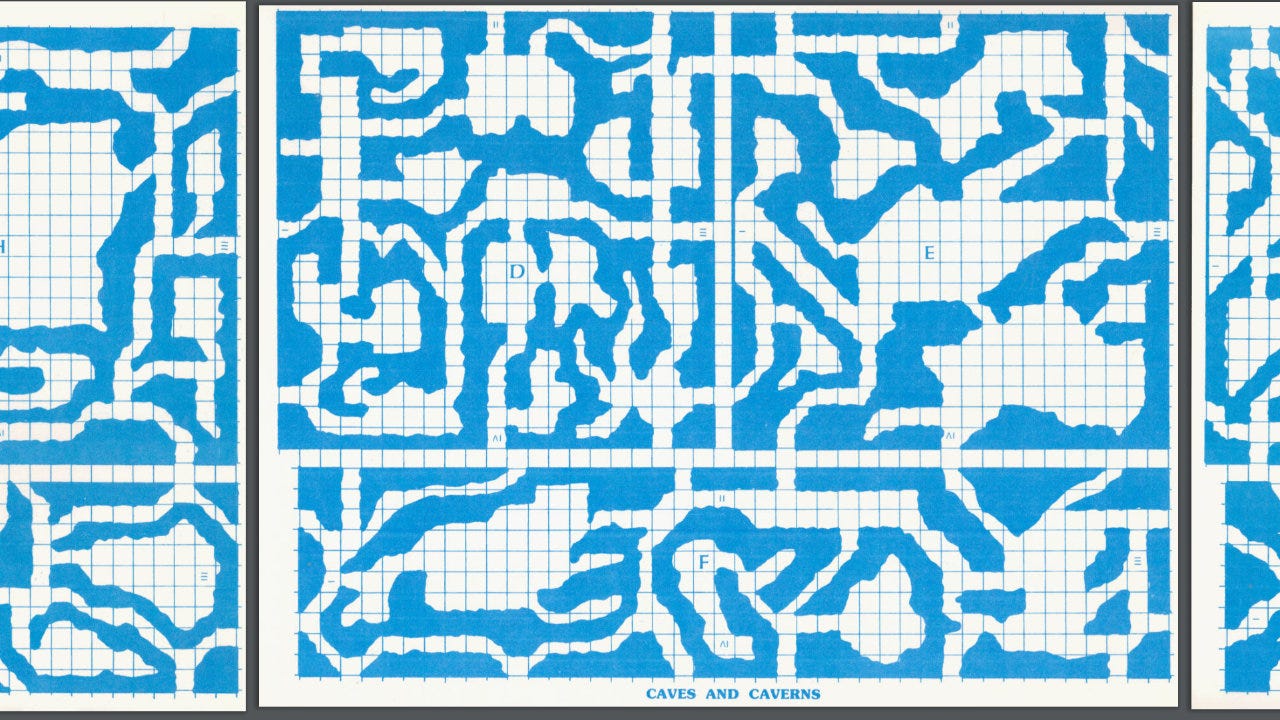
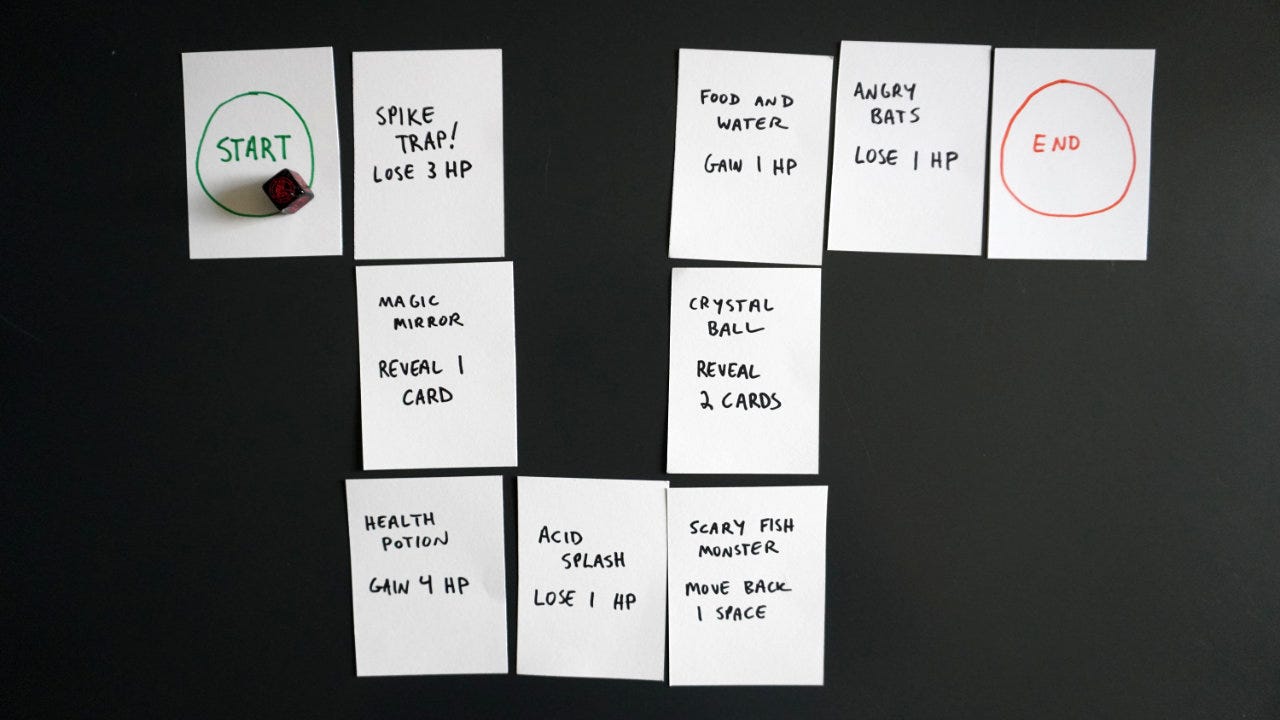
My favourite in terms of makes-happiest is Rollin Kunz' DUNGENERATOR (it's why I worked with him on the quickstart rules for DIE in a DUNGEON)
Though my favourite in terms of most-used is dice-driven, but specifically with rooms being a single 2D6 roll interpreted thus:
¬ sum is room height + width (in 10ft increments)
¬ difference between dice is number of (visible) exits
¬ rightmost dice is read according to BX room stocking guides
If I want a corridor beyond a door, I tend to roll 2D6-7 for corridor length but treat the dice as individual for the purposes of doors.
Wallet Dungeons is my favorite dice driven generator for multi-player prep.
Chaoclypse's Dungeon Generator is my favorite dice driven generator for Solo play.
WD really is fast for generating a plausible site map. Grouping 5s and 6s to make towers and great halls. There's just enough detail to allow a theme to emerge from the arrangement, but not so much that imposing an outside theme on the results is impeded.
CDG is really focused on cultivation of a superior solo experience. Room exits are generated on a 2d6 roll, with zero or one exits at the middle of the range. This deliberately favors a more linear map, which reduces bookkeeping and limits arbitrary choices, but makes for a poor multi-player site generator. The shapes and sizes of rooms and corridors are likewise optimized for the soloist with 8.5 × 11 graph paper or a browser tab open to dungeonscrawl.com.